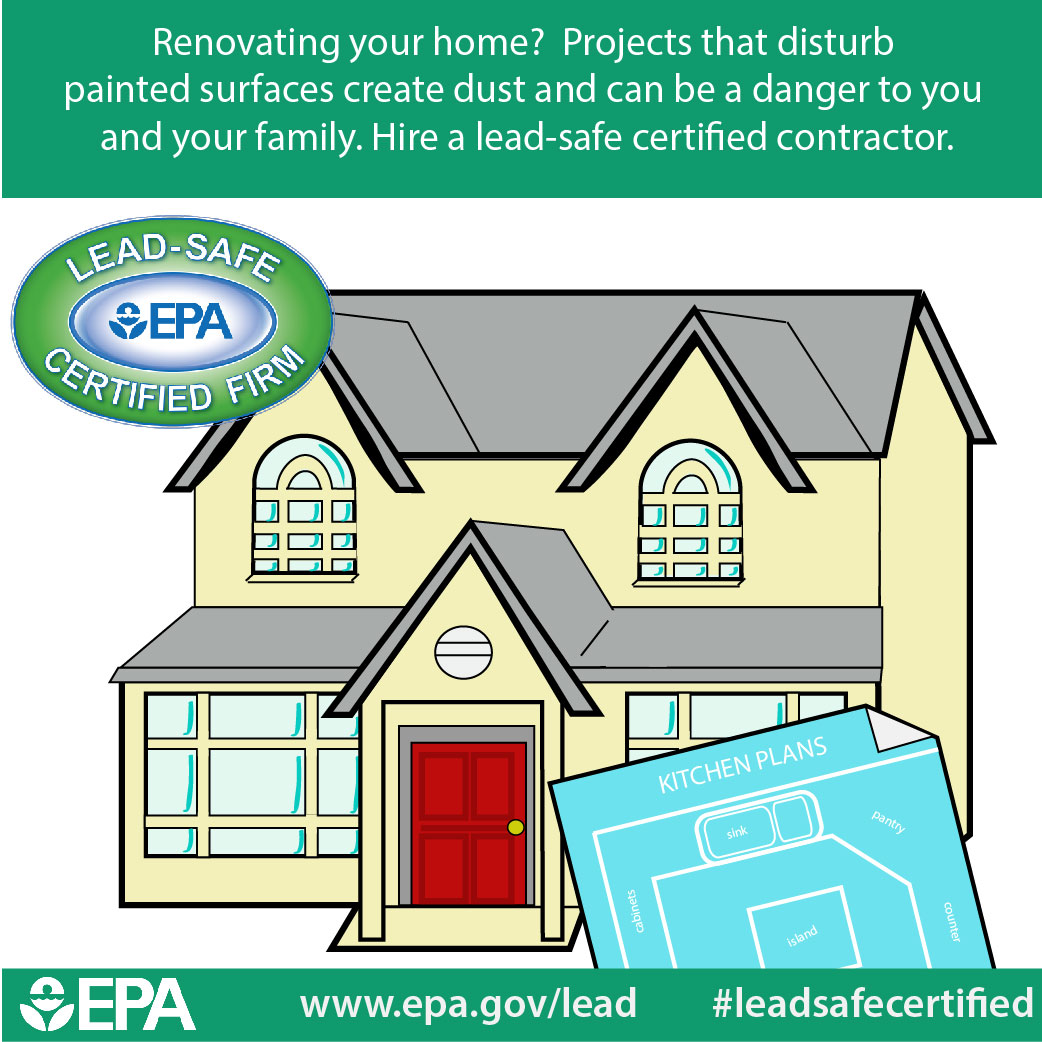Weather Condition Considerations In Commercial Exterior Painting: Important Information To Bear In Mind
Weather Condition Considerations In Commercial Exterior Painting: Important Information To Bear In Mind
Blog Article
Write-Up Author-Vilstrup Stiles
When you're intending a commercial outside painting job, don't take too lightly the impact of weather on your outcomes. You require to think about elements like temperature, moisture, and precipitation, as they can make or damage your paint job. For instance, did you understand that ideal problems require certain temperature ranges and moisture levels? Failing to check these aspects can cause uneven surfaces or even damages to fresh paint. Understanding commercial painters in dallas is essential to accomplishing a resilient, professional result. So, what certain weather conditions should you be wary of?
Temperature level Considerations
When it concerns business outside painting, temperature plays a crucial duty in the outcome of your job. If you're repainting in extreme heat, the paint can dry out also quickly, bring about concerns like poor bond and unequal finishes. You want to aim for temperature levels between 50 ° F and 85 ° F for the best results. Listed below 50 ° F, paint may not heal effectively, while above 85 ° F, you risk blistering and splitting.
Timing your task with the appropriate temperatures is important. Begin your work early in the morning or later in the afternoon when it's cooler, specifically throughout warm months.
Likewise, think about the surface temperature; it can be considerably greater than the air temperature level, particularly on bright days. Use a surface area thermostat to check this before you begin.
If temperatures are uncertain, keep an eye on the weather prediction. Abrupt temperature drops or heat waves can hinder your plans. You do not intend to start painting just to have the conditions transform mid-project.
Humidity Levels
Moisture degrees substantially influence the success of your industrial external painting project. When the moisture is too expensive, it can impede paint drying out and healing, causing a variety of problems like poor attachment and finish quality.
If you're intending a task throughout wet conditions, you might discover that the paint takes longer to completely dry, which can expand your project timeline and increase expenses.
Alternatively, low humidity can additionally pose obstacles. Paint might dry out too quickly, preventing correct application and causing an uneven coating.
You'll wish to keep track of the humidity levels closely to guarantee you're functioning within the ideal array, normally in between 40% and 70%.
To get the most effective outcomes, take into consideration making use of a hygrometer to determine humidity prior to starting your job.
If you find the levels are outside the optimal range, you might need to readjust your timetable or choose paints designed for variable conditions.
Constantly consult the maker's guidelines for specific suggestions on humidity tolerance.
Precipitation Influence
Rainfall or snow can substantially disrupt your business external painting plans. When precipitation occurs, it can get rid of fresh applied paint or develop an uneven coating. Ideally, you want to select days with completely dry weather to ensure the paint sticks effectively and remedies effectively. If you're caught in a shower, it's ideal to stop the task and wait on problems to improve.
In addition, snow can be even more destructive. Not just does it develop a damp surface, however it can also lower temperatures, making it tough for paint to completely dry. This can cause problems like peeling off or blistering down the line.
It's essential to inspect the weather prediction prior to starting your job. If rainfall or snow is predicted, think about rescheduling.
Constantly keep in mind to allow adequate drying time between coats, specifically if the weather stays uncertain.
Verdict
Finally, keeping an eye on the climate is necessary for an effective commercial exterior painting job. By keeping track of temperature, moisture, and precipitation, you can make sure the most effective conditions for application and curing. Bear in mind to plan your job around favorable climate and always comply with supplier standards. With the ideal approach, you'll attain a resilient, stunning surface that can endure the elements. Don't let the weather condition capture you unsuspecting-- stay notified and repaint smart!
